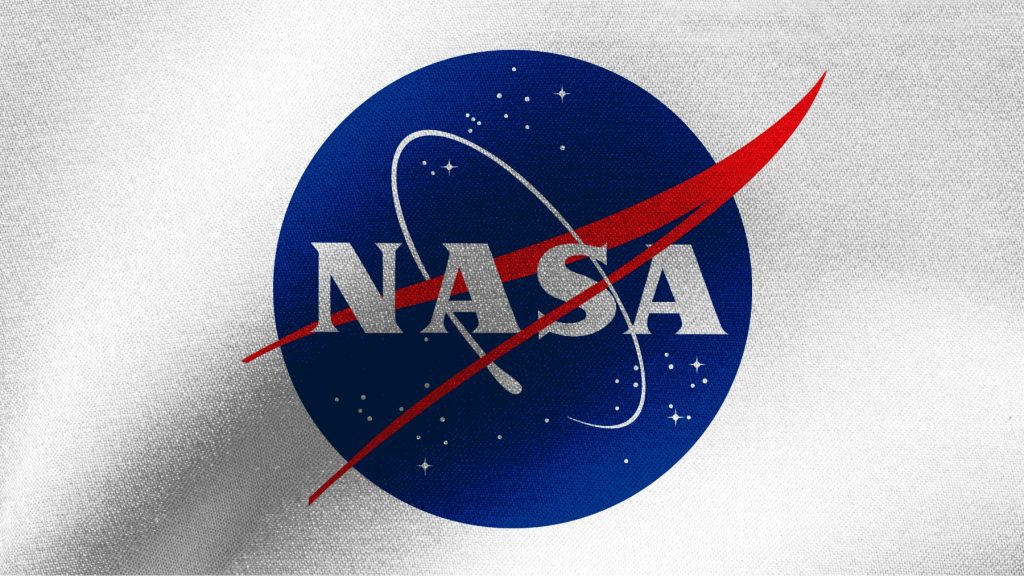 First Dargonfly drone to Saturn's Moon, Titan
First Dargonfly drone to Saturn's Moon, Titan In 2027, an 8-rotor Dragonfly drone is scheduled for launch to Saturn’s moon Titan. NASA is currently testing it at the Johns Hopkins Physics Laboratory in Maryland.
(Dragon) flying over Titan’s surface.
It’s designed to analyze the materials of the atmosphere and the surface. It will study Titan’s prebiotic chemistry that lead to the formation of life.
The tests are designed to ensure that Dragonfly can fly safely and consistently in Titan’s environment. As well as they include evaluations of Dragonfly’s scientific instruments to make sure that they’re working properly.
A good question to be asked here:
What are the things that Dragonfly is looking for on Titan?
- Organic molecules, which are the building blocks of life.
- The most essential for life, the evidence of liquid water.
- Signs of prebiotic chemistry.
- Geological features that may imply the presence of subsurface water.
A new way to find life in outer space, once again?! No, it’s not the case here since NASA made a huge, jaw dropping move by creating an Airbnb on the moon!!! So, keep your jaws in their place, they’ll be dropping a lot in the coming days!
It’ll arrive at Titan in 2034
Dragonfly is expected to arrive in 2034 and start its mission to discover this intriguing world. Why is that interest from NASA to Titan? What’s that special about it?!
Well, It’s the yellowish, greenish, largest moon of Saturn, the second largest moon in our solar system, in fact. It has a thick atmosphere, liquid lakes, and rivers. Not to forget the variety it has for organic molecules.
Why is NASA Dragonfly drone unique?!
First of all, it’ll have the chance to fly in Titan’s dense atmosphere, which is four times denser than Earth’s atmosphere.
Secondly, as aforementioned, it has eight rotors, allowing it to lift off and land vertically, and to levitate in place.
Finally, DragonFly is empowered with scientific instruments that allows it to study Titan’s atmosphere, surface, and subsurface.
The Dragonfly drone mission is definitely a vital step towards NASA’s exploration of Titan because it helps understand better Titan’s ability and potential to support life.
Inside Telecom provides you with an extensive list of content covering all aspects of the tech industry. Keep an eye on our Tech sections to stay informed and up-to-date with our daily articles.